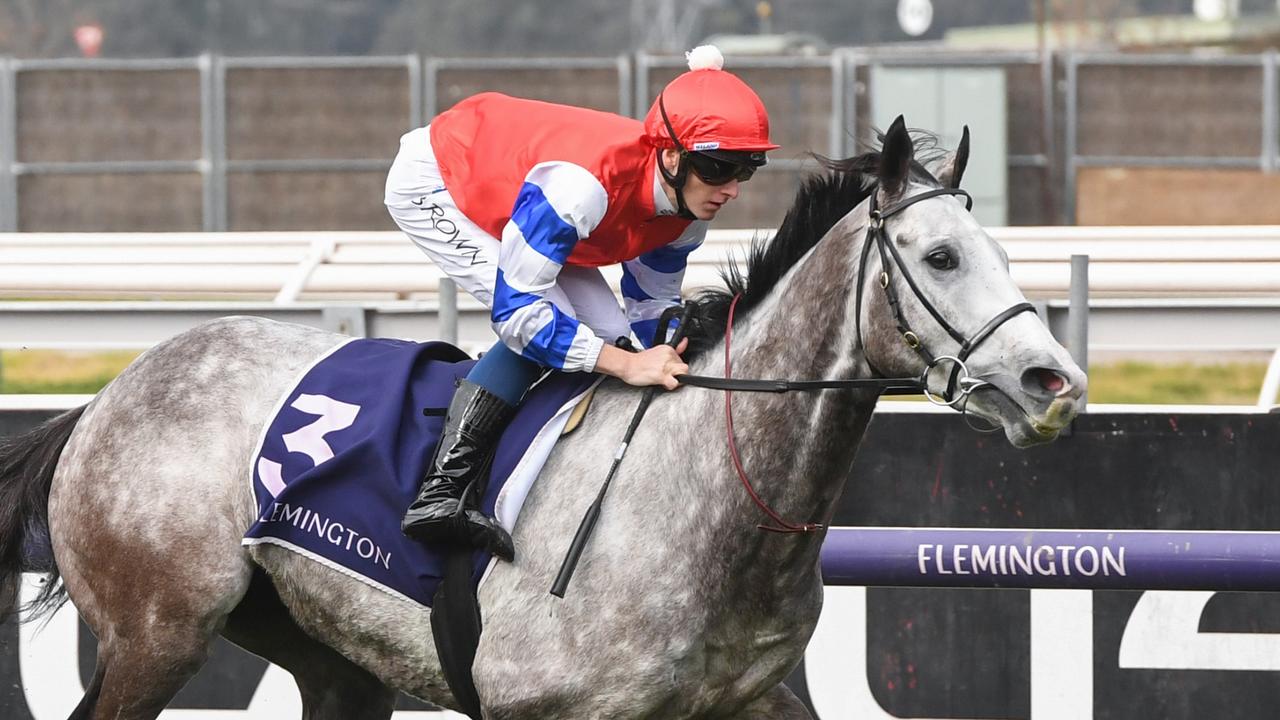How the magic of the Melbourne Cup has grown
EVERY edition of the Melbourne Cup reveals something of the evolution of the race, a little more about Australian horse racing, and a smidgen about us.
Melbourne Cup
Don't miss out on the headlines from Melbourne Cup. Followed categories will be added to My News.
- ALL THE COLOUR: Spring Racing Carnival super site
- TIPS, PREVIEWS, REPORTS: All the experts in SuperRacing
- WEEKEND BEST BETS: Who the experts are tipping
- EARLY FORM: Must-read guide to the Melbourne Cup
- LIVE COVERAGE: Derby Day, plus Melb Cup draw
EVERY edition of the Melbourne Cup reveals something of the evolution of the race, a little more about Australian horse racing, and a smidgen about us.
Last year’s race was both a throw forward and a throwback.
Michelle Payne’s spontaneous quip seconds after winning on Prince of Penzance, that the misogynists “can all get stuffed’’, revealed that women on the racetrack, and many in the world beyond it, believe the workplace remains a place of inequality.
But the fact Payne gained a ride and beat the boys, the first woman ever to do so in our greatest race, suggested she was the poster girl not of inequality but progress.
A year on Katelyn Mallyon might become the second female to win the race when she rides Assign for billionaire Lloyd Williams on Tuesday.
The fact Darren Weir trained the winner in 2015 proved the race many assumed had been lost to the world, and the world’s great stayers and super powers, was still a race we could win.

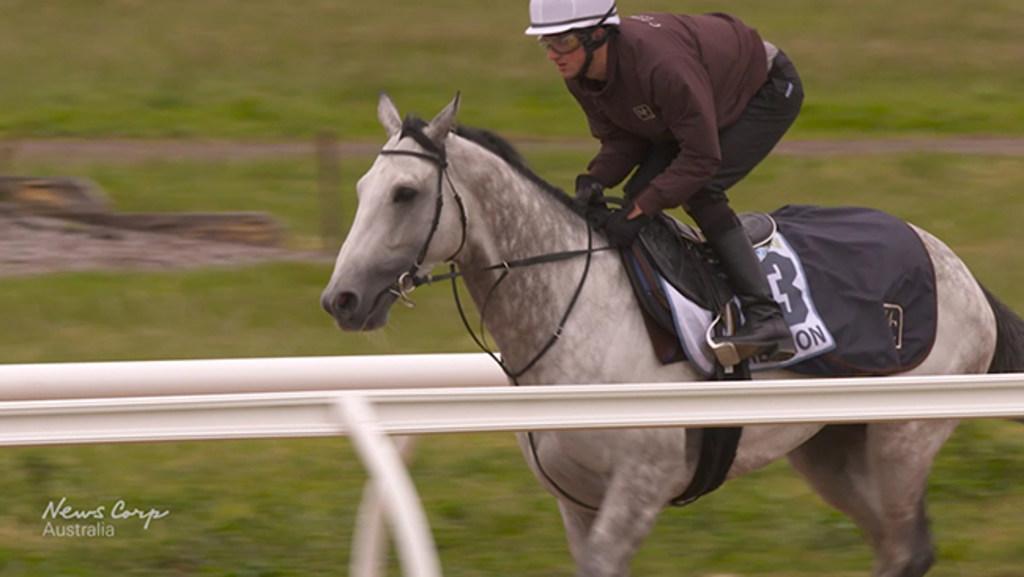

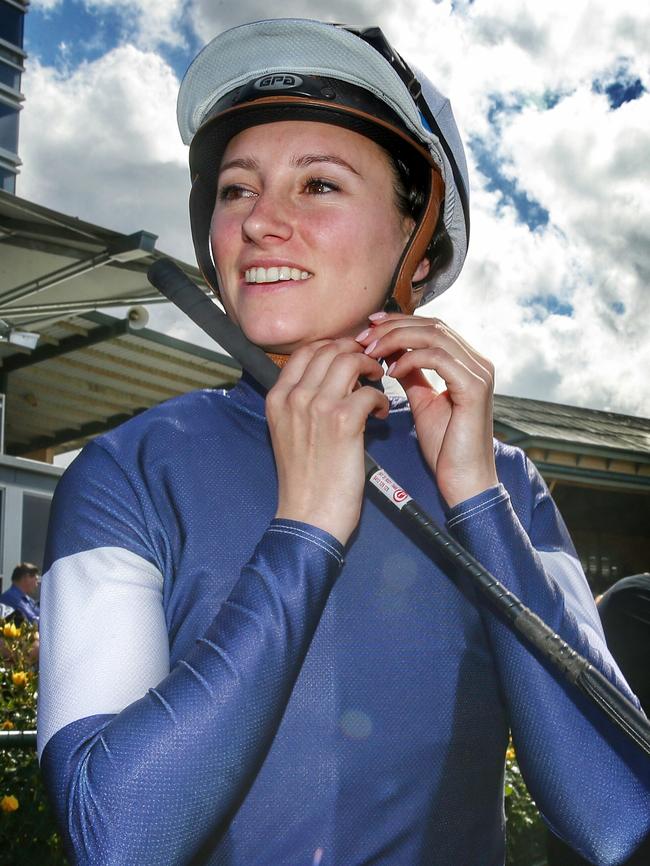
Weir was a very successful trainer but he was still a bushie winner of a race that had gone global.
The images of Weir as bashful winner, then a few weeks later as bashful son returning to Berriwillock, shuffling up the desolate main drag in the shadow of silos, Cup tucked under his arm, was a story from a different time.
Weir basked in last year’s fairytale, as did Payne. They traipsed around the countryside and clung to the feat for as long as they could because in horse racing, fairytales fade fast.
Weir won it with a single runner last year, a 100-1 chance, and will have just one runner this year, his honest mare Real Love.
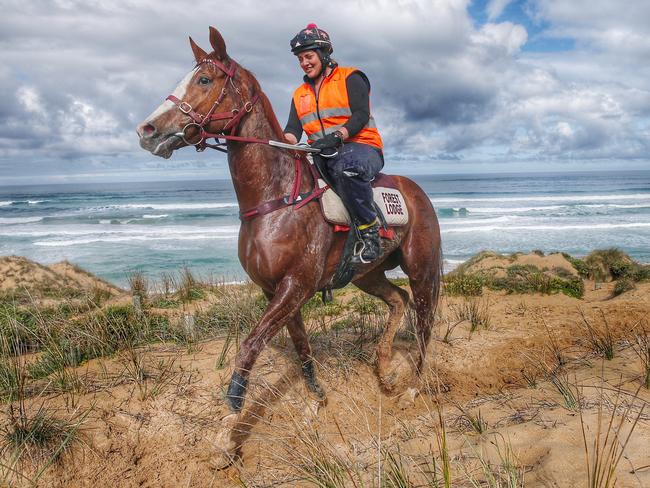
Weir was to have had a battalion on Tuesday but racing is a sport of attrition. One of Weir’s great tools a year ago was a sand dune near an abattoir in Warrnambool. He would stretch the stamina of his great stayers in deep, steep sand. But pressure from a number of groups had the horses evicted some weeks ago. It might be part coincidental but as soon as the dunes became off limits, Weir’s battalion stumbled.
Prince Of Penzance has broken down and is retired. Payne’s lack of race fitness following severe injury had already meant the greatest sporting love story since National Velvet had ended long before the great race returned.
Outsiders may have mumbled “misogyny’’ when Payne was dumped some months ago. But misogyny didn’t cripple her chances of a repeat. Racing’s realities did.
Signoff went by the wayside for Weir as well, as did Zanteca and a handful of others.
Payne is likely to return to the scene of her great triumph on Tuesday but as a celebrated guest, not celebrated competitor.
Three days before the Cup, at today’s Derby Day, Payne will be there as both trainer and jockey of a filly called Queen Of Zealand, who runs in the Wakeful Stakes today en route to The Oaks on Thursday. Payne will ride on Cup day, but only in two minor races.
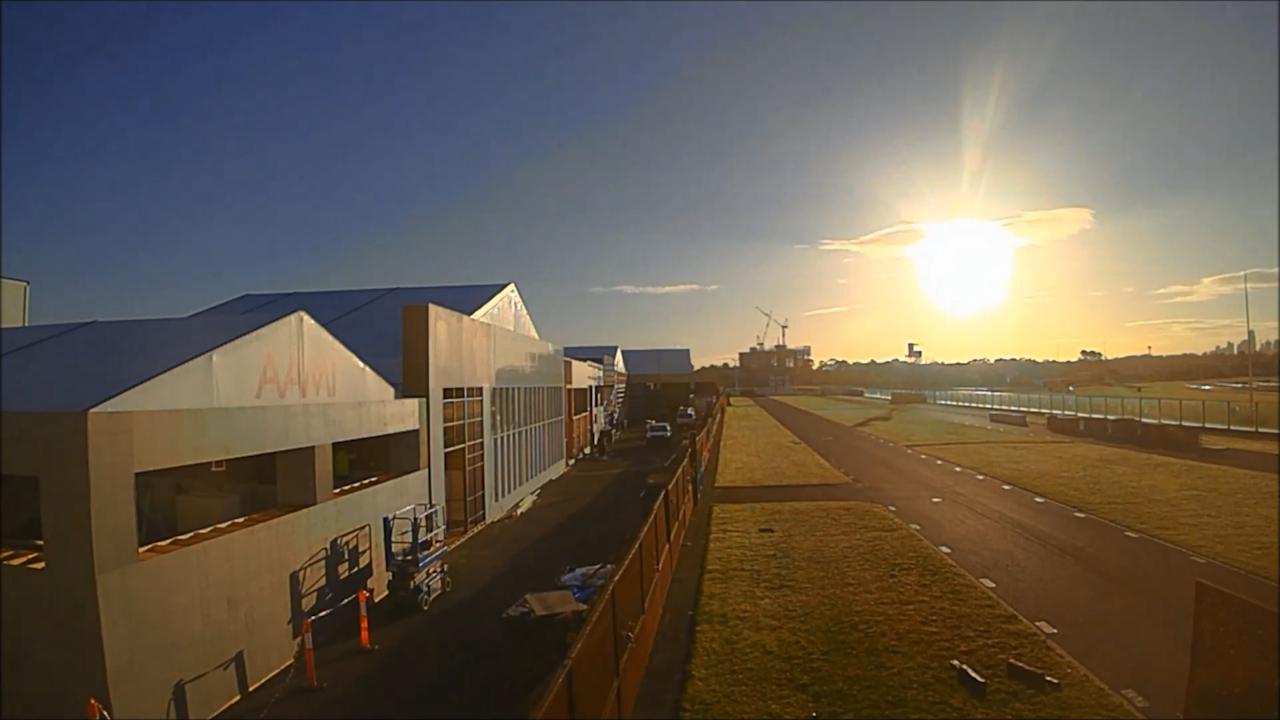
The betting market for Tuesday’s race is insightful.
Standing as blockades to the international raiders are locals Jameka and Hartnell.
There is a half-hearted desire in Australian racing and breeding circles to start breeding staying horses to combat these relentless international waves.
It will always be wishful thinking because Australian racing is a speed business; quick horses, quick returns for syndicates — usually comprising average suburbanites — who have no appetite to wait three or four years to find out they have a slow horse.
The Melbourne Cup is the anomaly to this need for speed and the race that most exposes our great deficiency.

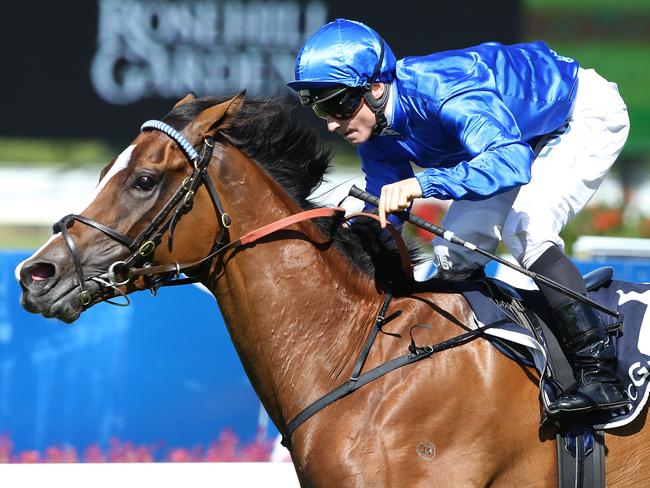
Jameka is the only Australian bred runner — and she is bred to sprint.
She is in many ways a fluke Melbourne Cup runner. The Europeans, who believe pedigree is a horse road map, would never have tried to stretch Jameka beyond her go-fast pedigree.
But she is not owned or trained by European traditionalists. Jameka is trained by Ciaron Maher, a brash young country trainer who scoffs at perceived limitations like Melbourne Cup favourites with Newmarket Handicap bloodlines.
While everyone else was wondering if Jameka could beat internationals over 2400m in the Caulfield Cup, Maher was all-but preparing his acceptance speech.
When asked if that brilliance could then stretch to 3200m at Flemington Maher, who was training marathon Grand Annual Steeplechase winners in his twenties, merely shrugged that “it’s only an extra 800 metres. What’s the big deal?’’
The other “local’’ favourite is Hartnell, a horse who also reveals a great deal about Australian racing.
Some years ago, well-to-do Australians came up with the solution to our lack of staying stock — they ventured to Europe and bought them, then brought them back.
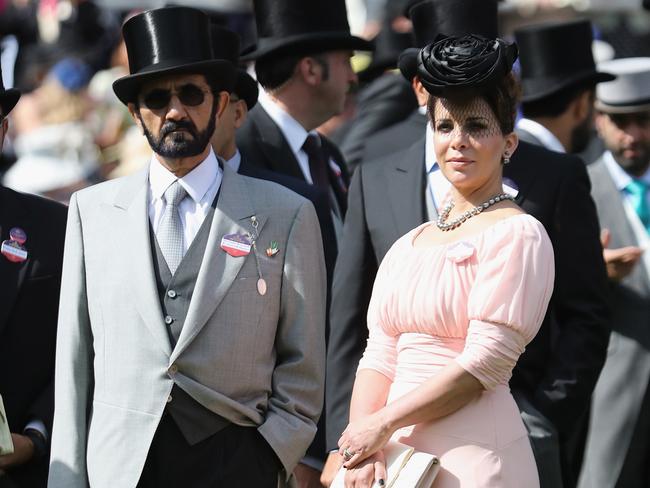
Hartnell doesn’t quite fit that category because he is owned by Arab billionaire Sheikh Mohammad, whose Godolphin racing empire will have up to six runners in the Cup. But Hartnell, trained in Sydney by Queenslander John O’Shea yet raced by the Sheikh, is one of hundreds of imported horses who have swelled our staying ranks in recent years, and dominated them.
One of Tuesday’s runners, Our Ivanhowe, raced in Germany before being bought by a group of Australian enthusiasts, including John O’Neill, whose business smarts are supplemented by superstition on the racetrack. O’Neill once forgot to wear socks and one of his horses won. He hasn’t worn them on a racetrack since.
Local billionaire Lloyd Williams has been imported hordes of international horses for decades, with the almost singular aim of winning the Melbourne Cup, a race Williams has won four times. Williams has spent many millions more than he has recouped with these fancy European horses. He has often spoken about the money madness of this lifelong indulgence.
Williams enjoys the chessboard plotting that comes with Melbourne Cup bids. The reclusive businessman isn’t in it for the theatre of the occasion. He watches each Cup from the lounge room of his St Kilda Road apartment on a couch he has dubbed the “Lloyd Williams grandstand.’’
Williams has four runners in his bid for a fifth — Almandin, Bondi Beach, Gallante and Assign.
Each is imported, most of them much more recently than O’Shea’s Hartnell who has established himself as the second best horse in Australasia.
Like all the rest, runner-up Hartnell lost sight of Winx in last Saturday’s Cox Plate but Winx, our Pegasus, will not be there on Tuesday.
Godolphin’s gang of Cup runners highlights the global racing and breeding giant’s depth of weaponry but also its relentless desire to win a race that has always eluded it.
Godolphin had been a late comer on the world racing scene.
TOUGH TO WIN: Favourites who failed in the Melbourne Cup
OUTSIDERS: The biggest Melbourne Cup upsets
The European aristocrats, like British pools billionaire Robert Sangster, found themselves pitted against an unforeseen threat when the oil-rich Arabs turned their sights from desert racing of camels and Arabian horses to horse racing in the early 1980s.
Australian trainer Colin Hayes had tapped into his own oil well when Arab-owned horses began arriving at his stables in the 1980s. Horses like At Talaq and Jeune won Melbourne Cups and Almaarad won the Cox Plate for Hayes and Sheikh Hamdan. The late trainer’s son David will run Almoonqith for the same Sheik on Tuesday.

It wasn’t until 1998 that Sheikh Mohammad’s Godolphin began to focus on the Melbourne Cup.
The race quickly became a tease, a holy grail, for Godolphin.
It has had 21 runners in 18 years. Three of them, Give The Slip, Crime Scene and Central Park, ran second. Each was beaten less than a length and as a testament to the arduous nature of the race, neither horse raced again.
Because Godolphin had splurged so much money to generate success on the racetrack, its inability to win the Melbourne Cup had been regarded as reinforcement of one of racing’s great truths.
Money helps, and can create horse empires where pedigree will ensure a level of success, but money doesn’t make horses run faster, or longer. Dreamers can still win the Melbourne Cup.
Many years ago, at a horse sale in Florida, the Arabs and the Irish staged a bidding duel that was more about rampant ego than horse sense.
The Arabs eventually won the arm-wrestle from the Coolmore boys from Ireland and snapped up The Green Money for $US16 million. The horse turned out a hack; all style, no substance. A horse Kardashian.
Both gazillionaire camps learned a lesson that day.
Everything since, including Melbourne Cup campaigns, have been sensibly strategic, bar one.
Irishman Aidan O’Brien, the Harry Potter lookalike who trains the Coolmore string, has also found the Melbourne Cup a holy grail.
O’Brien rang a gang of three in 2008, a year after he had his first runner.
O’Brien’s trio ran at what the Europeans call “a good gallop’’ but what we would call a suicidal gallop.
The O’Brien horses, including favourite Septimus, ran hard then faded out of the contest.
O’Brien was horrified to be dragged back to the track from his hotel that evening by chief steward Terry Bailey, who demanded an explanation for tactics that turned betting tickets into confetti.
O’Brien was miffed and privately vowed never to return, until the magnetism of the Melbourne Cup had O’Brien back last year with cutely-named Bondi Beach, who ran 16th.
Bondi Beach is back, with O’Brien as trainer and Lloyd Williams as owner.
As always in the modern Melbourne Cup, the race is a global melting pot; Irish, Poms, Arabs, locals with imported horses, one Japanese runner, one Kiwi and just one true local, a mare bred to sprint trained by a confident young fella, Ciaron Maher, who will be thinking one thing as he casts his eye over this ominous and eclectic form guide.
“Bring it on.’’
ALL THE COLOUR: Spring Racing Carnival super site
TIPS, PREVIEWS, REPORTS: All the experts in SuperRacing
EARLY FORM: Must-read guide to the Melbourne Cup
LIVE COVERAGE: Derby Day, plus Melb Cup draw

